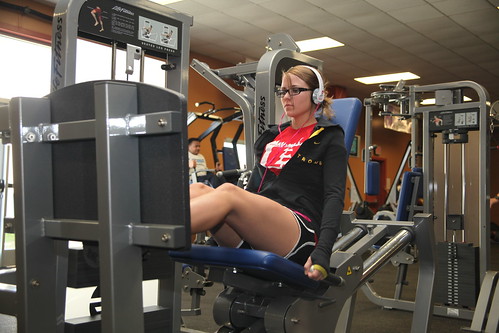 Are you a personal trainer, fitness coach or exercise enthusiast? If you are, then you should be aware that there is a particular sequence of workout routines that stands out from the rest.
Are you a personal trainer, fitness coach or exercise enthusiast? If you are, then you should be aware that there is a particular sequence of workout routines that stands out from the rest.
According to the American College of Sports Medicine’s new guidelines, there is a difference in both physical and psychological responses between various exercise sequences. A study conducted by the Western State Colorado University and sponsored by the American Council on Exercise finally established the truth behind this hypothesis.
Workout Sequence: The Study
The study involved 24 healthy participants (both men and women), ranging from 18 to 39 years old. These participants underwent baseline testing before performing the exercises in various sequences.
The participants have to complete 24 sessions of workout, with 48 hours of rest in-between sessions and with direct supervision from a team member of the research team. The participants have to undergo all possible combination involving cardiorespiratory, flexibility, neuromotor and resistance exercises.
Cardiovascular Exercise
Cardiovascular exercise comprised of a five minute warm-up, 20 minutes exercise proper and a five minute cool down period. The exercise was done on a treadmill, and targeted to increase the heart rate response to 50% to 60% of the baseline figure.
Resistance Exercise
Resistance exercises consisted of bench press, biceps curls, calf raises, knee flexion, knee extension, latissimus pull-downs, squats, and triceps pull-downs. These eight exercises have to be performed in two sets with 12 repetitions for each exercise. A one minute rest period was provided in between exercises. A two minute rest period was provided in between sets.
Flexibility Exercise
The participants were asked to perform eight flexibility exercises, namely, the chest stretch, hip flexor stretch, lying gluteal stretch, lying hamstring stretch, quadriceps stretch, shoulder stretch, standing calf stretch and triceps stretch. There were no specific number of repetitions but the participants were instructed to perform until they felt some mild discomfort. Each exercise was held for 20 seconds and with a single set performed on each side of the body. After completing the sets, the participants were asked to perform the sit and reach test three times to determine any improvement in their flexibility.
Neuromotor Exercise
The neuromotor exercise included the single leg squat test, 5-10-5 shuttle run and the hexagonal agility test. The exercises were performed in two sets. A 90 second rest was provided in between exercises and in between sets.
Conclusion
The researchers concluded that the best exercise sequence that can provide maximum effects is cardiovascular exercise first followed by resistance training and then by either flexibility or neuromotor exercise. It is important that cardiovascular exercise must be performed first because it sets and conditions the body to perform the rest of the exercise routines at your desired intensity. Doing cardios at the start helps increase your heart rate to a gradual pace compared to performing it last. Following the recommended sequence helps ensure that a person receives moderate intensity workout with minimal risk of exercise injury, dropouts and missed sessions.
Photo credit:
- CherryPoint on Flickr





